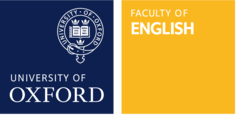Making what's common count
April 2025
| Journal article
| Digital Philology: A Journal of Medieval Cultures
Quantitative approaches to the study of medieval English manuscripts are useful for uncovering phenomena that are so ubiquitous that they need a wider perspective or so banal that they seem important more in aggregate than individually. On the one hand, to look at manuscripts in quantity can change our own vision, revealing patterns and trends, without the distortions of selective evidence. On the other hand, it might misrepresent the phenomenological perspective of people at the time, who generally did not experience books in large numbers. But in another way, quantifying lots of books does allow us to see the world from their perspective, when it forces us to take account of things that seem unremarkable or uninteresting from our point of view. Counting lots of books makes everything counted count: it is a levelling, even democratic, task. In particular, quantification can help us to recognize and respect the creativity, meaningfulness, and agency in what is numerically common and qualitatively commonplace and conventional.



